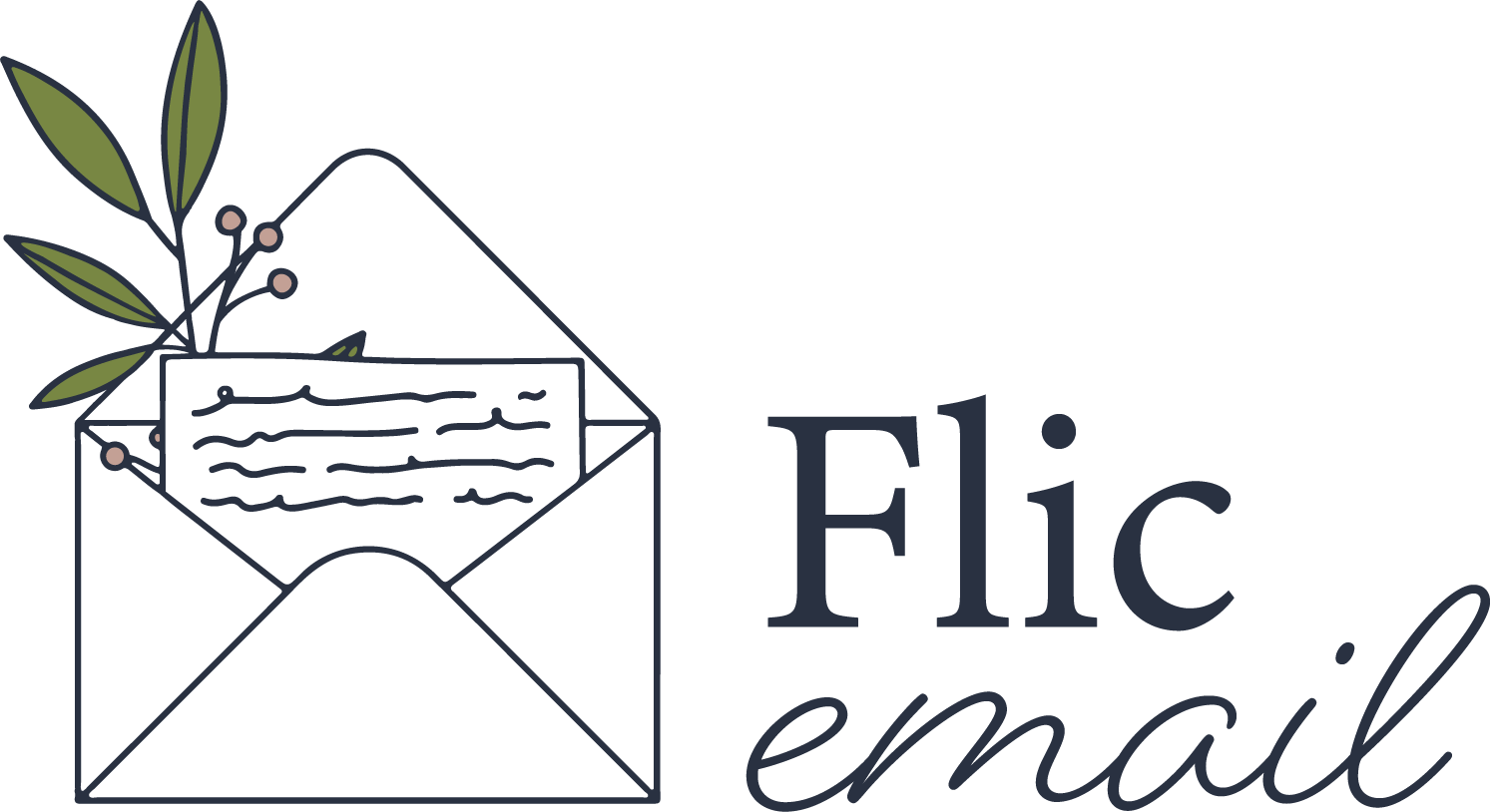Why It's Time To Move Beyond Traditional Email Marketing Advice
During my seven years in the email marketing industry, I've delved deep into the nitty-gritty. I've spent hours devouring articles, podcasts, and courses on the subject. And along the way, I've picked up a collection of pet peeves that I just can't shake.
Despite once embracing these well-known terms, rules, and practices, I've found myself outgrowing them. These things aren't just minor annoyances; they're reminders of where our industry falls short…
Lackluster terms
Whenever the term "nurture" is tossed around in email marketing discussions, a small part of me can't help but cringe. Are we really content with settling for such a bland term? Instead of merely "nurturing" our subscribers, why not aim for emails that ignite passion, incite excitement, and compel action? We should be creating emails that captivate on a deeper level, prompting subscribers to open, read, and interact eagerly.
I hold a similar sentiment regarding the term "value." While I've been guilty of using it myself, not every email needs to deliver tangible value in the traditional sense. While providing useful content is undeniably important, sometimes our emails can simply be promotional. Or funny. Or storytelling. By broadening our definition of value, we can inject personality and authenticity into our communications, fostering stronger connections with our audience.
Shrinking attention spans
The notion of dwindling attention spans has long been a topic of (unnecessary!) concern in email marketing circles. Many in the industry fixate on studies that suggest recipients spend mere seconds engaging with an email before moving on.
Yes, our digital landscape is indeed filled with distractions, but assuming readers will only give you 8 seconds oversimplifies the complexity of recipient behavior. Unlike fleeting interactions on social media, individuals approach their inbox differently, often actively seeking out relevant information.
Additionally, measuring success solely by open or click-through rates overlooks the broader impact of email marketing. Even if recipients don't immediately interact with an email, they may still absorb its message and take action later on.
We're faced with countless TV choices, but once we stumble upon a show that captures our hearts, we're hooked. We'll binge-watch for hours on end. Our attention spans aren't deficient; rather, they're attuned to what interests us. If we're interested, we'll engage.
The $40 ROI myth
You know what’s almost as mythical as the Loch Ness monster or Bigfoot? $40 Return On Investment (ROI) with email marketing.
Hailed as the pinnacle of success in email marketing, you'll find this stat quoted at the top of nearly every blog on email marketing you’ll ever read and gracing the timelines of countless social media posts from marketers. But ROI can vary a lot depending on factors like what industry you're in, who your audience is, and how you're marketing.
While the $40 ROI might be the average, it’s not your ROI. And it may never be.
We must look beyond simple revenue comparisons. Considerations such as customer acquisition costs, the long-term value of customers, and effective tracking of sales sources all play vital roles. It's important to analyze ROI in a way that aligns with our own unique goals and strategies. Only this way can we unlock the potential for sustained success in email marketing.
Best practices
Subject lines, send times, and email frequency – they all come with their own set of guidelines. These “best practices” offer us a starting point, built on years of industry data and evidence-based insights. But who says we ALWAYS have to abide by them?!
A punchy, attention-grabbing subject line (9 words max, no more than one emoji and go carefully with your punctuation marks!) can make all the difference between an email that gets opened and one that doesn’t. But it’s important to remember that best practices are not universally applicable solutions. And innovation often stems from daring to challenge the status quo.
Consider email send times, for instance. While conventional wisdom may dictate that early Tuesday mornings are the optimal time to hit send, the truth is, the best time to send emails can vary widely depending on your audience's habits and preferences. Experimenting with different send times – whether it's early mornings, late evenings, or weekends – can help you discover when your subscribers are most receptive to your messages.
And while consistency is important for maintaining engagement, there's no magic formula for how often you should send emails. Best practices suggest finding a balance between staying top-of-mind and avoiding inbox fatigue – but that balance may vary depending on your audience, industry and resources.
Am I suggesting we toss best practices out the window altogether? Not quite. Instead, let's view them as flexible guidelines rather than rigid mandates.
Explore, experiment, and reimagine what's possible. It’s the only way of ensuring that our campaigns resonate authentically with audiences and drive meaningful results.

